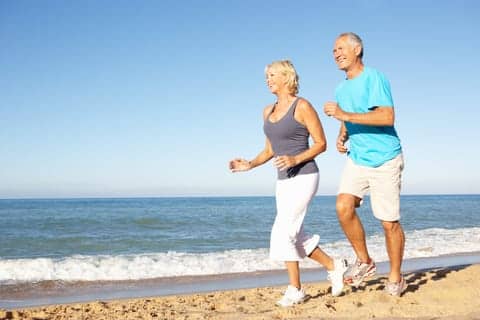Married men, it has been said, live longer than single men. They may also live more active lives, if the women to whom they are married exert the proper influence, according to a study results recently released by researchers based at Johns Hopkins Bloomberg School of Public Health, Baltimore.
The study concludes that when one spouse raises his or her level of physical activity, the other is more inclined to follow suit. The findings were presented at the recent American Heart Association EPI/Lifestyle 2015 Scientific Sessions in Baltimore.
At the core of the findings, researchers discovered that counseling some married couples about health as a pair, rather than separately, may be an effective method of getting them to increase their levels of exercise.
In a media release from Johns Hopkins, study co-author Laura Cobb, states, “When it comes to physical fitness, the best peer pressure to get moving could be coming from the person who sits across from you at the breakfast table.”
“There’s an epidemic of people in this country who don’t get enough exercise,” Cobb continues, “and we should harness the power of the couple to ensure people are getting a healthy amount of physical activity.”
As part of the study, researchers analyze data about married couples from 1987-89. These spouse pairs reportedly had two medical visits that were conducted approximately 6 years apart. At each visit, the physical activity levels of each spouse were recorded, and the team compared these with the recommendations set in the Physical Activity Guidelines for Americans.
According to figures provided by the Johns Hopkins media release, at the first visit, the team found that 33% of wives and 40% of husbands met physical activity recommendations.
Things changed at the second visit, however. At this point, the researchers discovered that the husband was 70% more likely to meet physical activity guidelines if the wife met the guidelines on the first visit, compared to husbands whose wives were less active.
In addition, the release notes, if a husband met recommendations at the time of the first visit, that husband’s wife was 40% more likely to meet physical activity recommendations on the second visit.
[Source: Johns Hopkins Bloomberg School of Public Health]




